Pointe-à-Callière Museum of Archaeology and History, Montreal, Canada

This post contains affiliate links. This means at no extra cost to you, I may earn a commission if you purchase through my links. Please see my website disclaimer for more info.
Continuing on our “stay local and explore our city” theme, we decided to visit the Pointe-à-Callière Museum of Archaeology and History.
The museum is located in the beautiful Old Montreal section, right near the water, and part of it is built on top of the remains of the original settlement of Montreal!
The museum is built on multiple levels, and spans across different buildings.
Museum Info
- Address: 350 Place Royale, Old Montreal, QC
- Hours:
- Monday - Friday 10:00 - 18:00
- Saturday - Sunday 11:00 - 18:00
- Time needed to visit: 3 - 4 hours
- Official website: pacmusee.qc.ca
Getting There
Driving to the museum is certainly possible, and you’ll find numerous parking lots and street parking around, but it’s not cheap. The Old Port is a very popular destination, and parking is priced accordingly.
When it comes to Old Montreal and the Old Port, your best best is almost always public transport. You can take the Orange line to Place d’Armes station, and walk about 10 minutes to the museum. You can also take the Green line to Square Victoria station, but the walk will be about 15 minutes to the museum.
Brief History
This point was named Pointe-à-Callière in honour of its first European owner. Chevalier Louis-Hector de Callière, third governor of Montréal, bought the land in 1688 and built a home on it in 1695. The museum owes its existence to archaeological digs conducted on the site in the 1980s. The excavations not only unearthed remarkable architectural remains, producing a large collection of artifacts, but they also revealed that the site had been inhabited by humans for much longer than the Europeans had occupied it, with an Aboriginal presence dating back at least 1,000 years.
The Canadian Encyclopedia
Some Key Dates
- 1642: The settlement of Ville-Marie (present day Montreal) was founded.
- 1688: The land that the museum is built on was purchased by Louis-Hector de Callière.
- 1695: Louis-Hector de Callière built a home on the land.
- 1989: The Ministère des Affaires culturelles and City of Montreal does extensive archaeological work, revealing various structures that had been built over the centuries.
- 1992: Exactly 350 years after the founding of Montreal, Pointe-à-Callière museum was opened.
1999: The site was officially classified as a Québec national historic and archaeological site - 2000: Pointe-à-Callière museum buys 214 Place D’Youville. Built in the 19th century on part of the site where Montreal was founded.
- 2004: Pointe-à-Callière museum acquires 165-169 Place D’Youville, which in 1875 was home to the Montreal Sailors’ Institute.
- 2017: A project to create an underground network to link the different buildings is completed.
The Museum
You enter the museum via the Éperon building, which is the building with the modern-looking round tower. That’s where you’ll find the ticket counter, and the entrance to the museum.
Entrance fee: $24 CAD per adult
The museum houses several exhibitions. Some of which are permanent, and some of which are temporary. After purchasing our tickets, we weren’t quite sure which way to head, as you have several options for your starting point. The staff advised us we should start with the temporary exhibitions, which were on the 2nd floor of the Éperon building we were already in, and then to take the elevator down to the basement level after that.
Temporary Exhibitions
When we visited in May 2021, the temporary exhibitions included some displays about Italian immigrants in Montreal, and some of the customs and traditions they brought with them. There was also a temporary exhibition about the history of the Montreal Canadiens hockey team.
As a Montrealer with Italian heritage, it was fun to see some of the things that were a part of my childhood that I’d entirely forgotten about!

One of the things that immediately caught my eye was the Pisa! Pretty much every nonna and nonno had cases of Pisa in their basement. Mine usually only had the 7-up/Sprite flavour, but I think my great-aunts often had the cola as well.

Ahhh the good ol’ days! 😆

In another display, they had a replica of the wooden barrel used for crushing grapes for wine making, similar to one we had, but ours was much bigger. There’s also the damigiana (the big glass vessel covered in wicker) that was used for fermenting the wine! It all certainly brought back some memories, but it was funny that I should visit the museum when this was one of the temporary exhibitions. 😊
After checking out the temp exhibitions here, we headed downstairs. I didn’t know what I was about to see there at the time, but I think it’s probably one of the most memorable things I’ve seen in a museum, and is certainly one of the main reasons I’d recommend visiting this museum …
Montreal’s Original Foundations
The original foundations of 18th and 19th century buildings in Montreal!


The museum is built on top of the remains of the original settlement of Montreal, and you can see the foundations of the original buildings, and the original streets. It’s a really cool experience to walk around and see the foundations of the buildings that were built over the centuries, and to see the original streets that were built over as well.

Just posing for a quick selfie amongst the old Montreal foundations!

Some of the walls and foundations had dates and/or text displayed on them via projection mapping. It was a really cool effect, and helped to bring the history to life.
The following photo for example, is a screen-grab I took from a video I took of one of the walls. The projected display here is actually an animation, and describes this particular section as essentially an ash pit, that was part of a heating system.

The William Collector Sewer
After checking out the foundations here, we continued on the the next area, which showed some of the original sewers, known as the “William collector” sewer, built between 1832 and 1838.


Description: Montreal’s first stone masonry sewer was built between 1832 and 1838 to convey wastewater underground and to solve the major public health threat caused by the pollution of the Little Saint-Pierre River. The 500 m (1640 ft.) long collector consists of squared limestone blocks, with a clear cross section of 4.26 m (14 ft.) wide by 2.75 m (9 ft.) high. The floor is slightly curved to produce an inverted vault and so provide maximum resistance to the water pressure. The jointing must achieve perfect waterproofing because the water would reach the upper vault during the spring freshet.
Historic Significance: The stone masonry sewer, built on the birth place of Montreal, is the oldest remaining sewer of this type in Canada. The in-service life of 157 years is a testament to the masterful design and craftsmanship of the builders. Its designers, freshly arrived engineers and architects from England and Scotland, were likely inspired by aqueducts built under canals in Britain. The erection of the Sainte-Anne market was undertaken simultaneously with the construction of the collector, so that the western part of the collector was built into the center of the market’s cellars.
Canadian Society for Civil Engineering
The initial bit of the sewer you see is just a small section, after which if you continue on, you pass through a much larger section on the way to the original Ville-Marie settlement.

As you pass through the sewer, the lighting changes colours, making an eerie, but cool effect.

The Original Settlement
We now arrived at the point where Montreal began …


There were more original, excavated parts of foundations and foundation walls here, but unlike the previous ones we saw, these pre-date them by I guess about 200 years or so, back into the 1600’s.

All of these foundations, whether from the 1800’s or 1600’s, and the collector sewer, they were all really amazing to see. But I think what really made me giddy like a little school girl was the following …

It might not be easy to read the text in the photo, but it says:
“1786 Montreal’s first cobble stone street”
Truly an amazing thing, I thought at least, to be so close to such an amazing piece of history, and I’m so glad that it was able to be discovered and preserved after being hidden away for so long.
The Old Custom House
Continuing along, we made our way to the old Custom House, which was designated a national historic site in 1997.
A custom house or customs house was traditionally a building housing the offices for a jurisdictional government whose officials oversaw the functions associated with importing and exporting goods into and out of a country, such as collecting customs duty on imported goods. A custom house was typically located in a seaport or in a city on a major river, with access to an ocean. These cities acted as ports of entry into a country.
Wikipedia


The construction of the Former Custom House in 1836-8 marks an important moment in the history of the port of Montréal, when it acquired its own customs service. Until 1828, customs duties were collected at the city of Québec, as the principal port of entry to Upper and Lower Canada.
Parks Canada Directory of Federal Heritage Designations
There wasn’t much to see here, but it was still interesting to see an old building with such a history.
Come Aboard! Pirates or Privateers?
We continued along and found something better suited for children, but we still took the time to enjoy it ourselves! 😆



The Pirates or Privateers exhibition is another permanent display, and has a bunch of interactive displays for kids (and adults!!) to play around with. It even has 3 barrels with scent holes that you can smell to get a sense of the smells there were at sea! 🥴
A Railroad to Dreams
Next we entered into a temporary exhibition filled with trains from throughout the years. There were some small model trains driving around on tracks, as well as many larger beautiful scale trains and trams on display.



There was even the rail-converted DeLorean from Back to the Future Part III! 😆 BttF is one of my all-time favourite movie series, so I got a real kick out of that!

There were also some items that will immediately be familiar to any Montrealers who’ve been here for some time …

Any Montrealer who was living here during the last several decades will surely recognize the old metro ticket machines (the ones that made the unforgettable ka-chunk when spitting out the transfer tickets), and the old metro seats.
I forget when they were phased out for the more modern systems we have now, but it was certainly a trip down memory lane to see them again!
Further Reading
Pointe-à-Callière Museum is a fantastic museum with it’s great exhibitions, but it’s also an amazing piece of history. If you’re interested in learning more about the museum and/or Montreal’s beginnings, the Canadian Encyclopedia has a great page on it.
Museum Verdict
Montreal has some awesome museums, but I think this for me was my favourite. Getting to see the original foundations of my city was pretty amazing.
That said, of course this is something that would probably appeal more to Montrealers, or architecture and history buffs. Regardless, it’s a fantastic museum and I absolutely recommend paying it a visit!
Until next time,
michael 😀
Share this post:

Sugaring Off at Érablière Meunier, Montreal, Canada

Must Try Food and Drinks in Montreal

Christmas Markets in Montreal, Canada
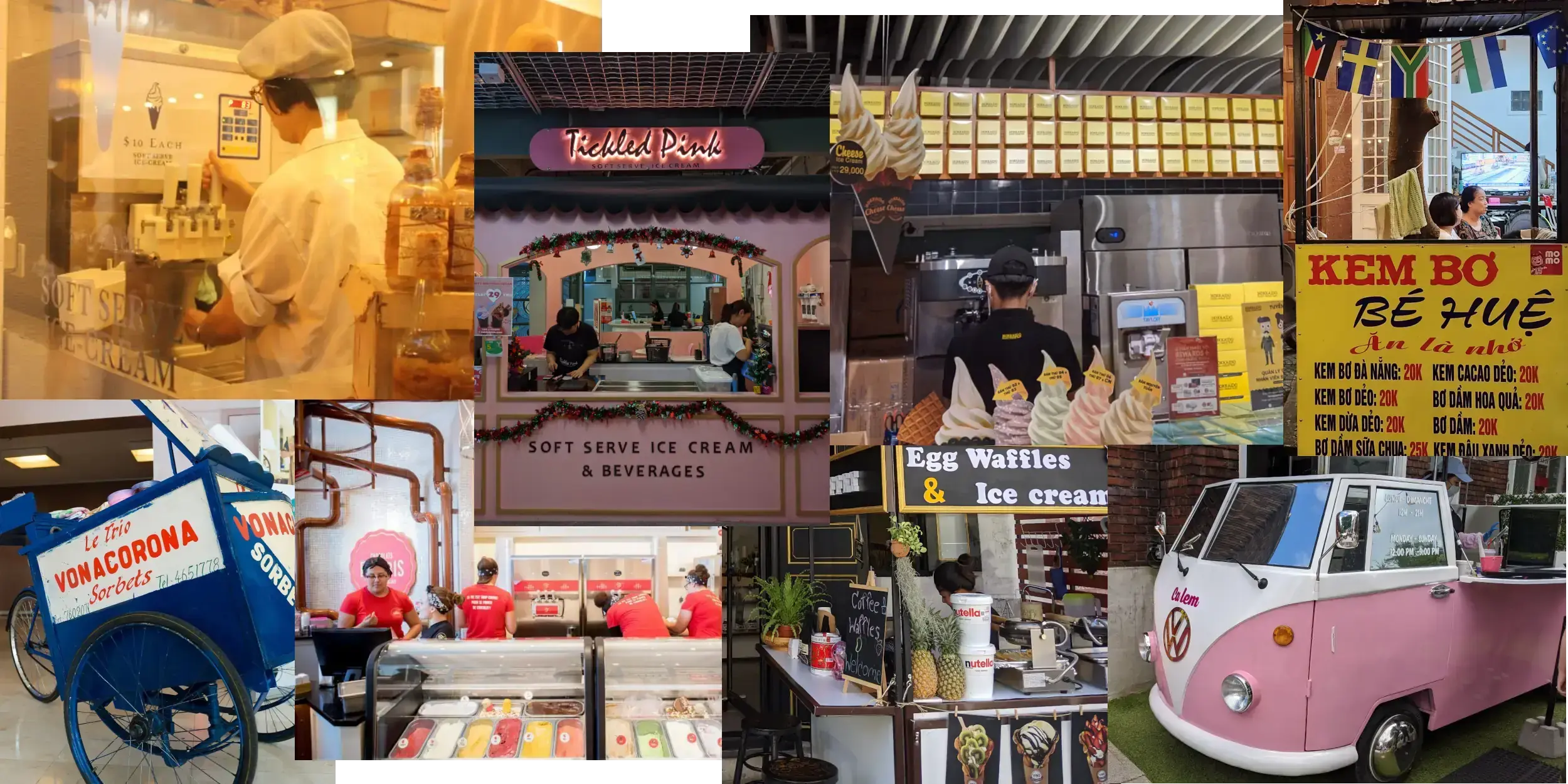
Unique and Delicious Ice Cream From Around the World
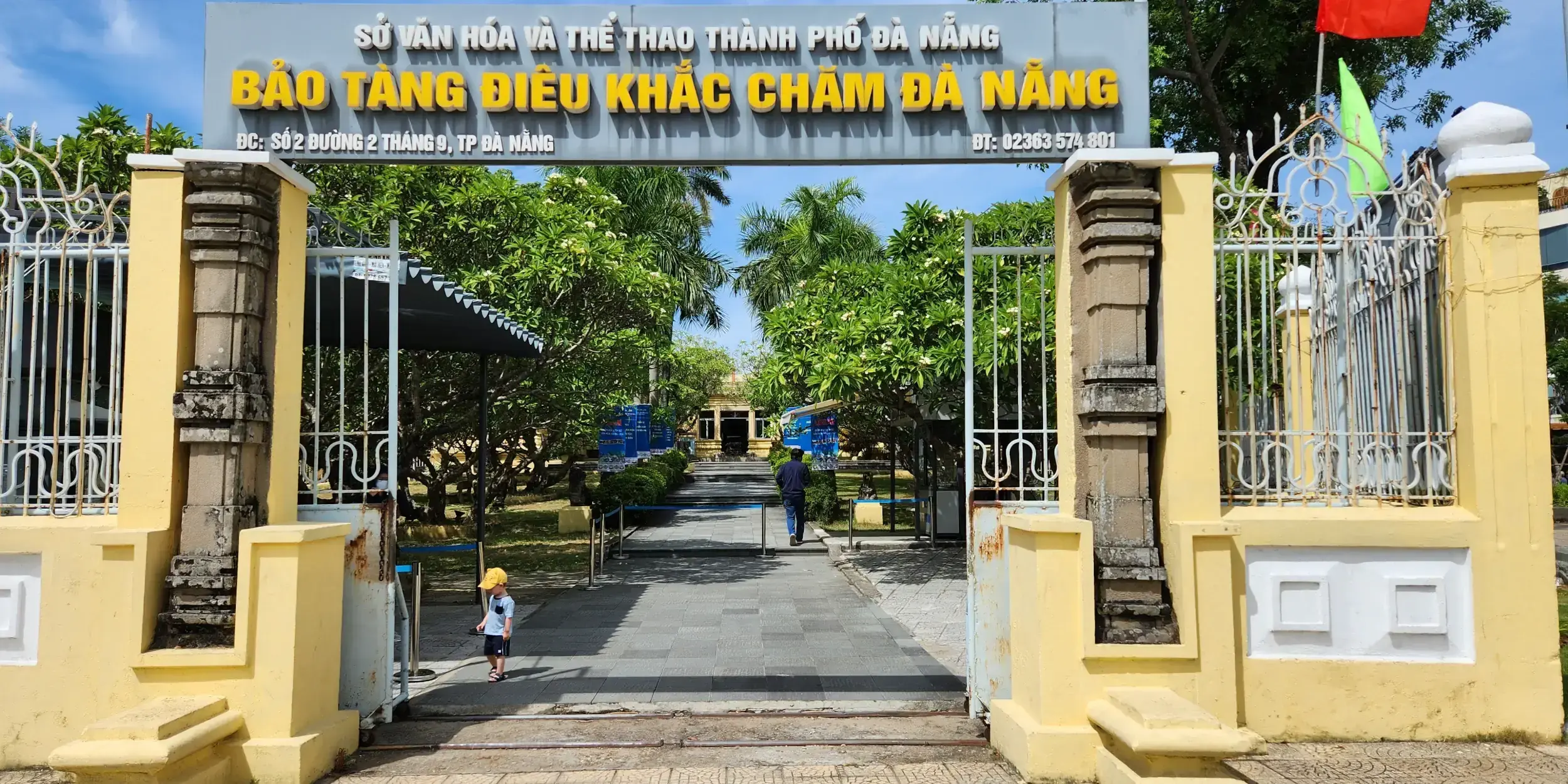
Museum of Cham Sculpture, Da Nang, Vietnam

Canadian Tulip Festival, Ottawa, Canada

Canada Science and Technology Museum, Ottawa, Canada

Plane Spotting at Jacques-de-Lesseps Park
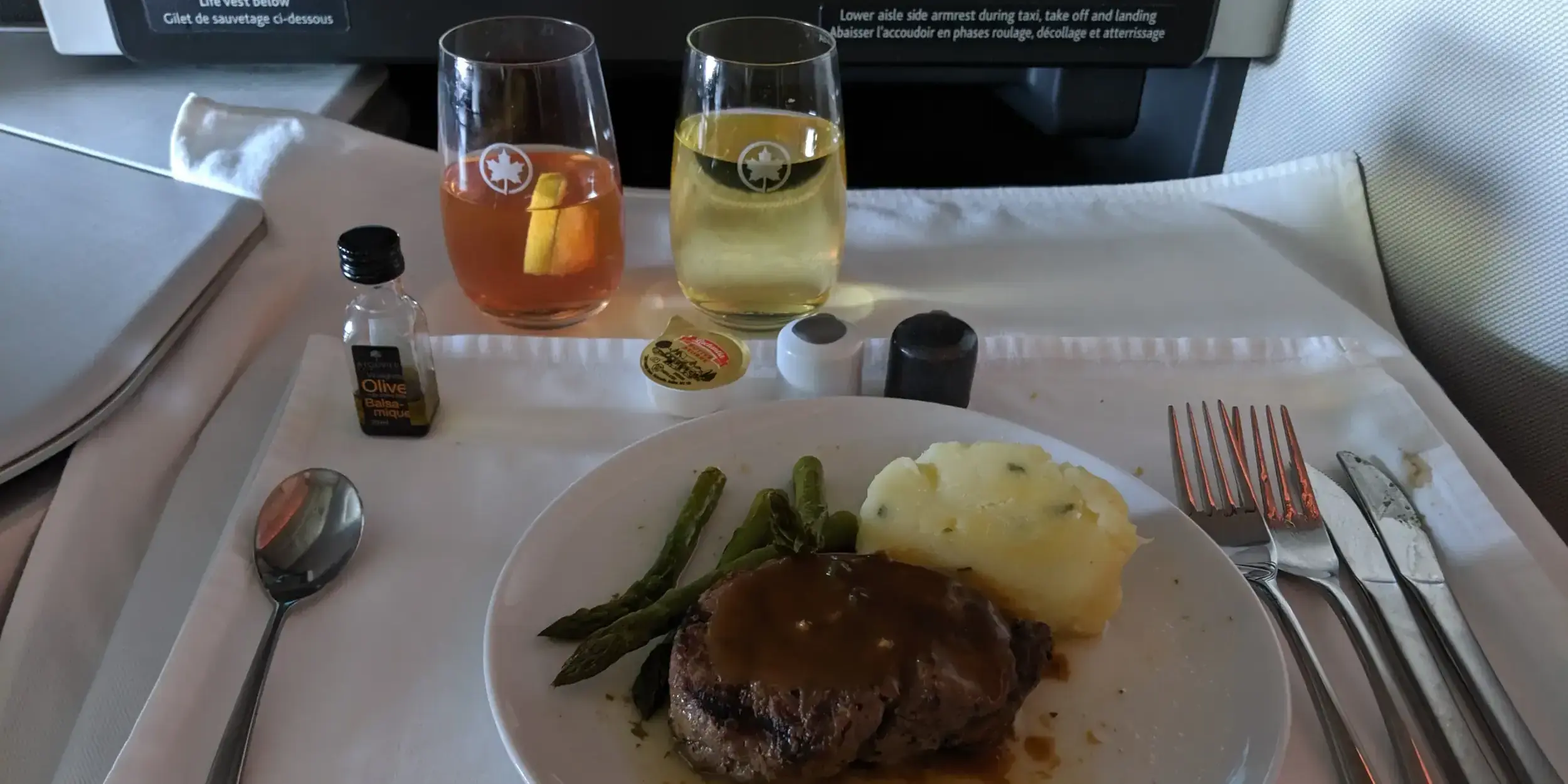
Flying Business-class With Air Canada. Worth it?

Basilique Notre-Dame de Montréal, Montreal, Canada
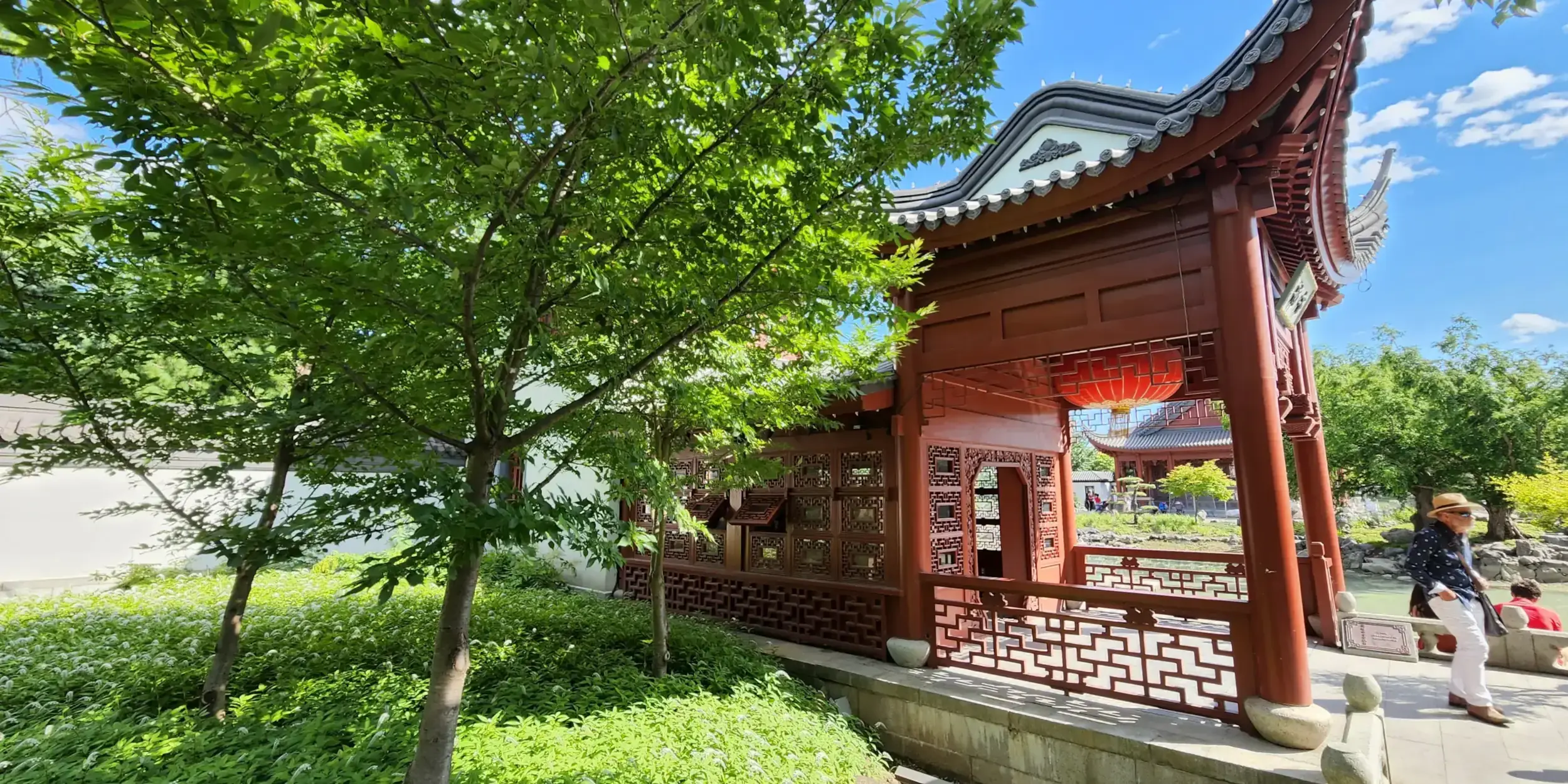
Botanical Gardens, Montreal, Canada - Revisited
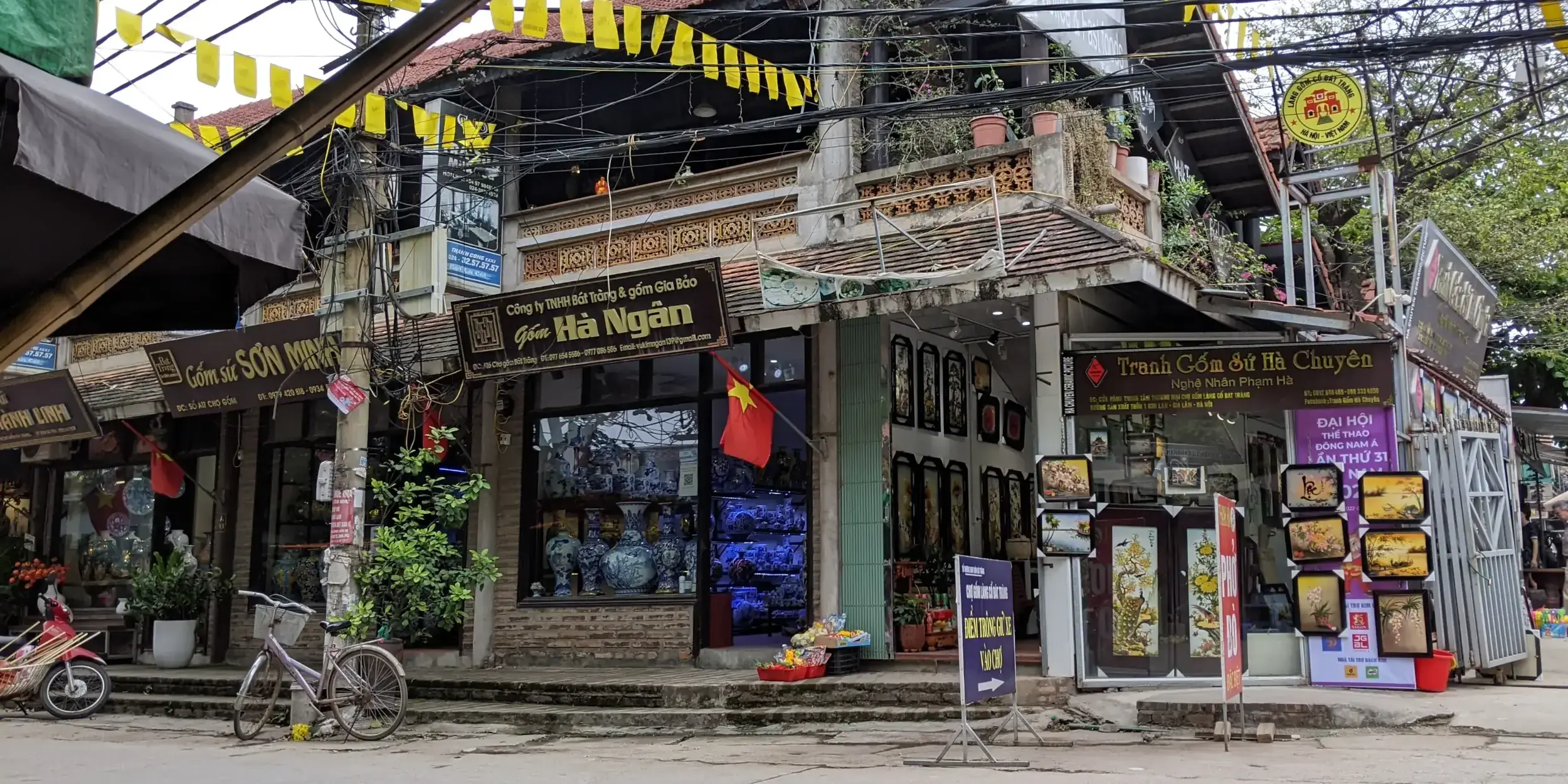
Bát Tràng Pottery Village, Hanoi, Vietnam
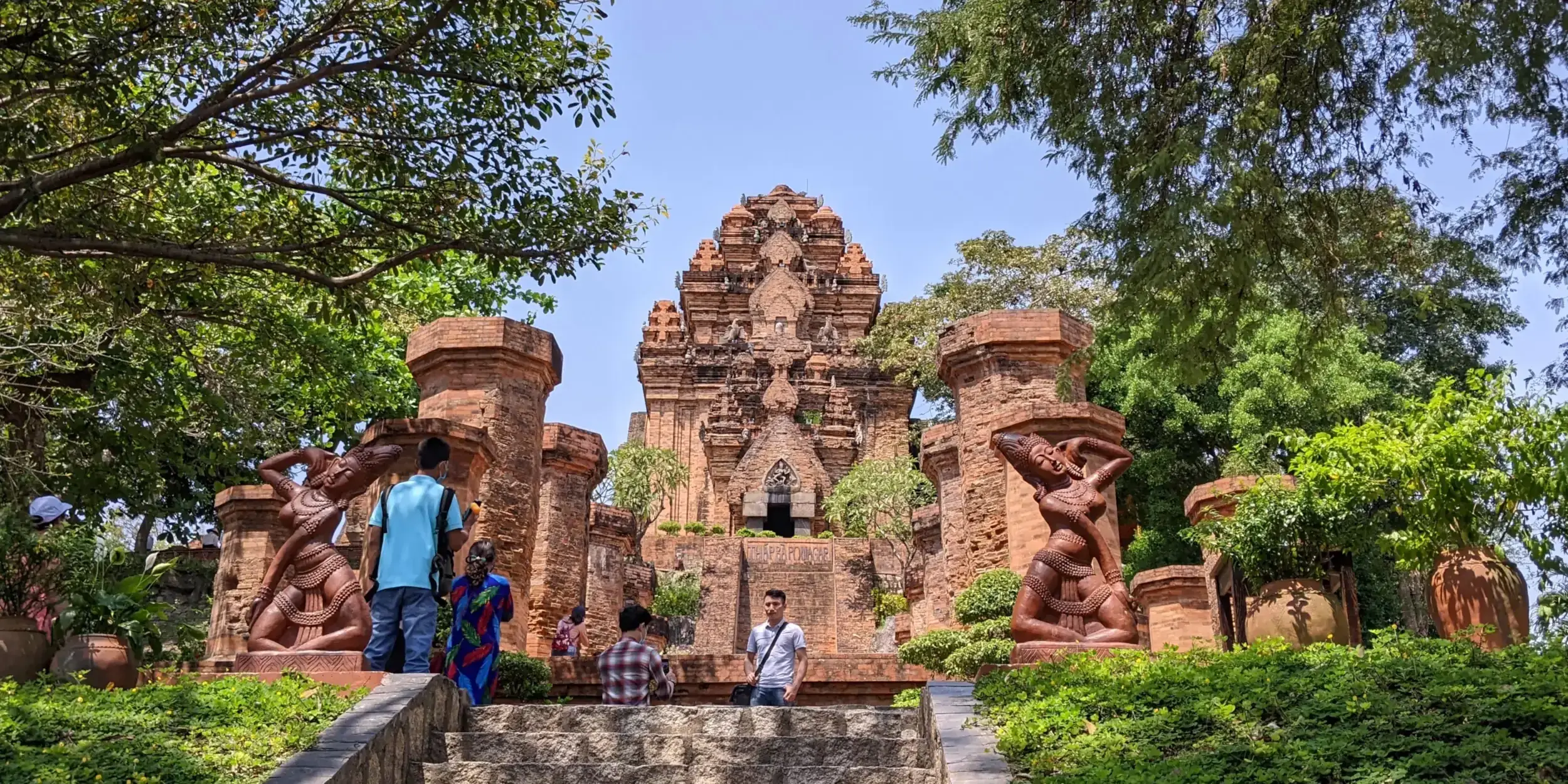
Po Nagar Cham Temple Ruins, Nha Trang, Vietnam
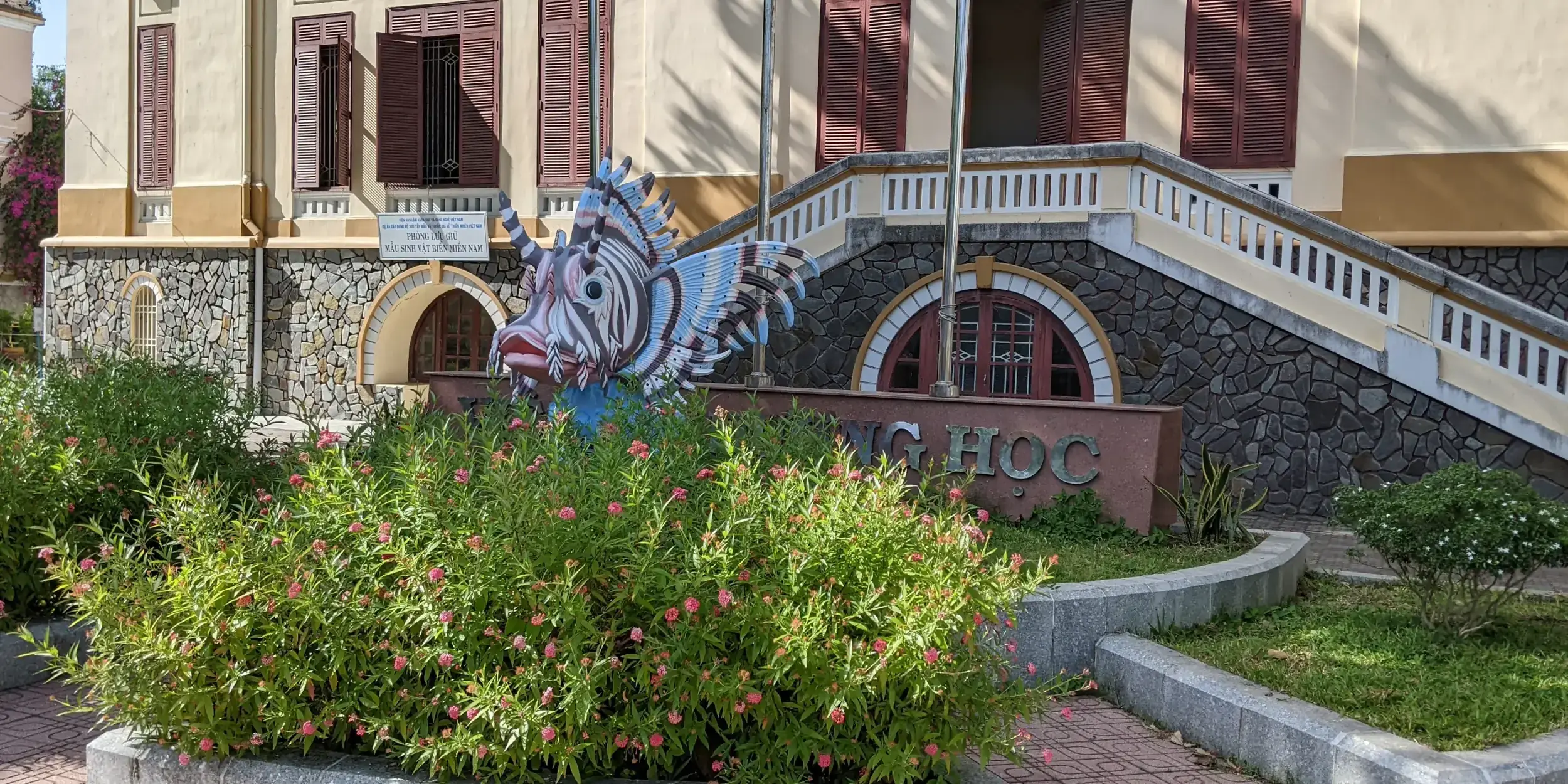
Museum of Oceanography, Nha Trang, Vietnam

Biodôme, Montreal, Canada
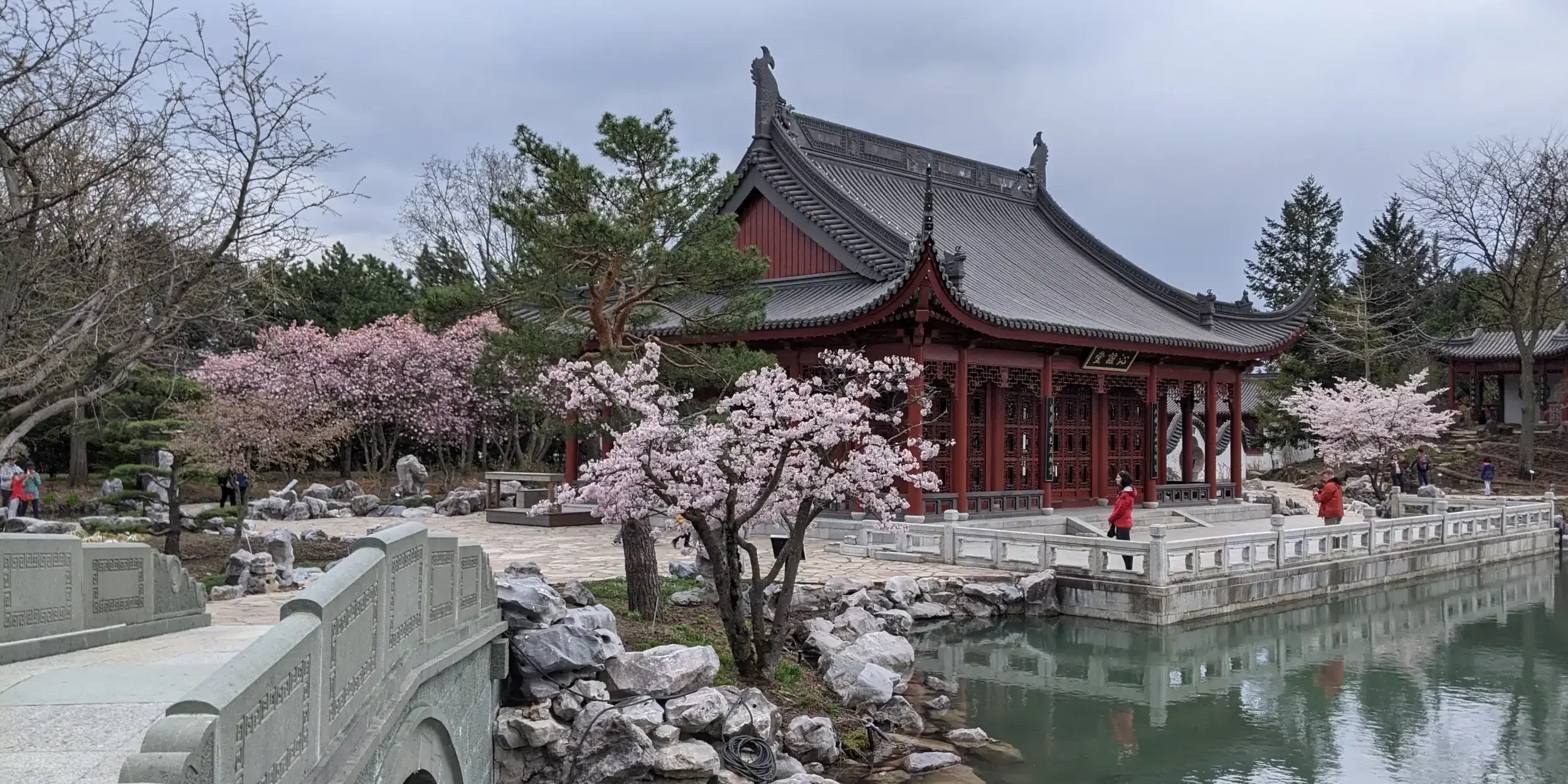
Botanical Gardens, Montreal, Canada

Château Dufresne Museum, Montreal, Canada

Château Ramezay Museum, Montreal, Canada

1 Day in Ayutthaya, Thailand

2 Days in Saigon, Vietnam
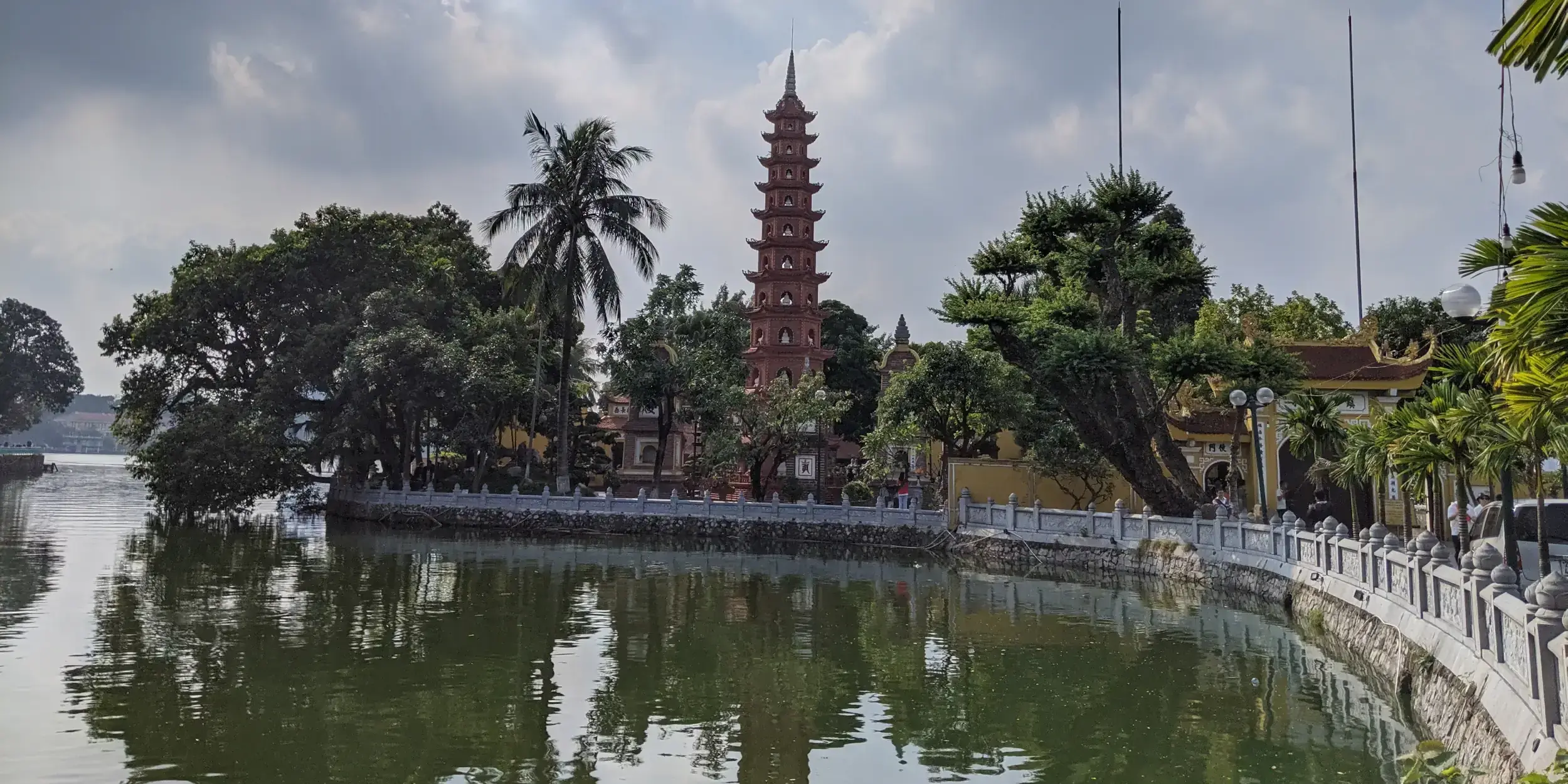
2 More Days in Hanoi, Vietnam
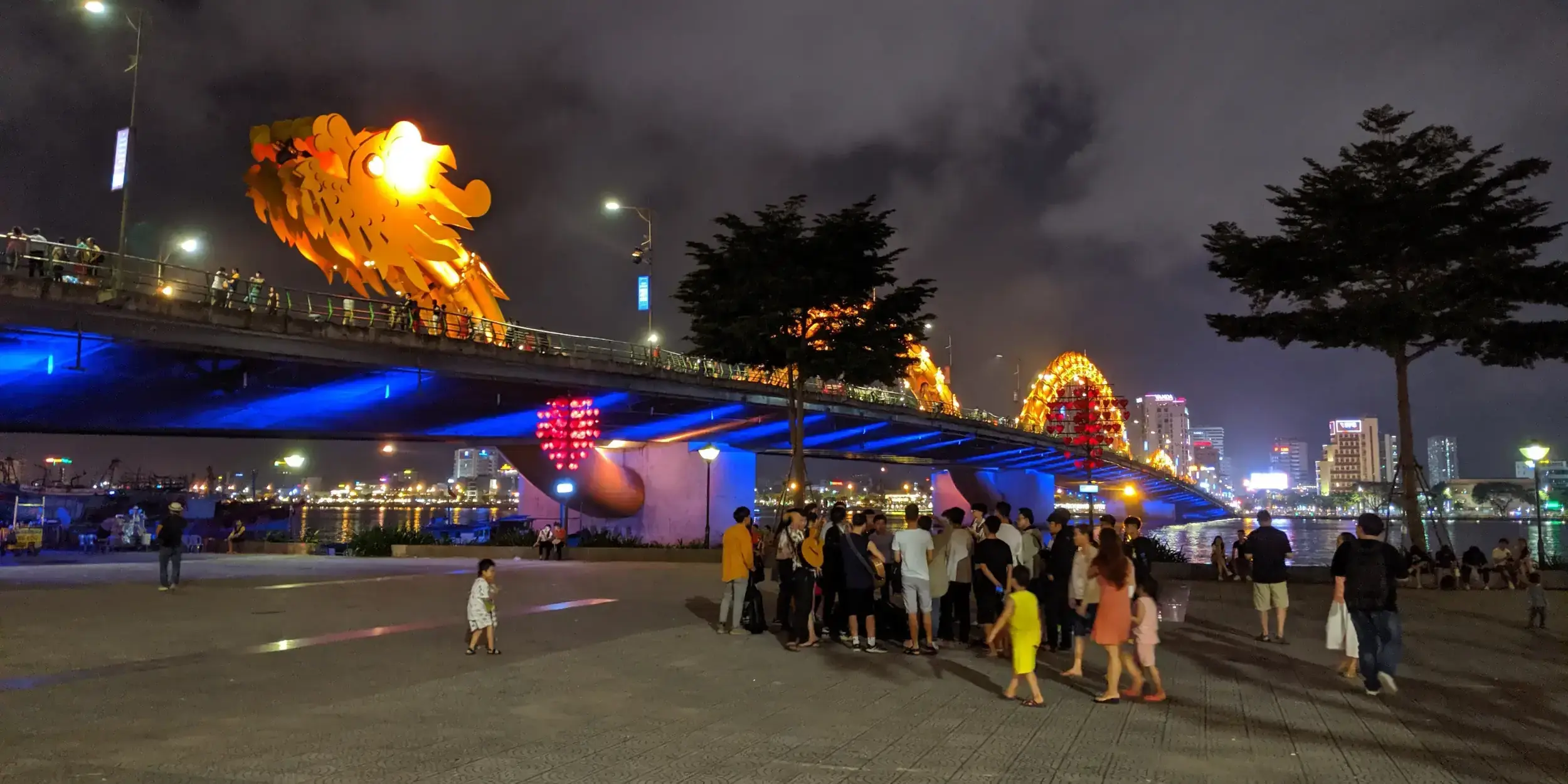
3 Days in Da Nang, Vietnam
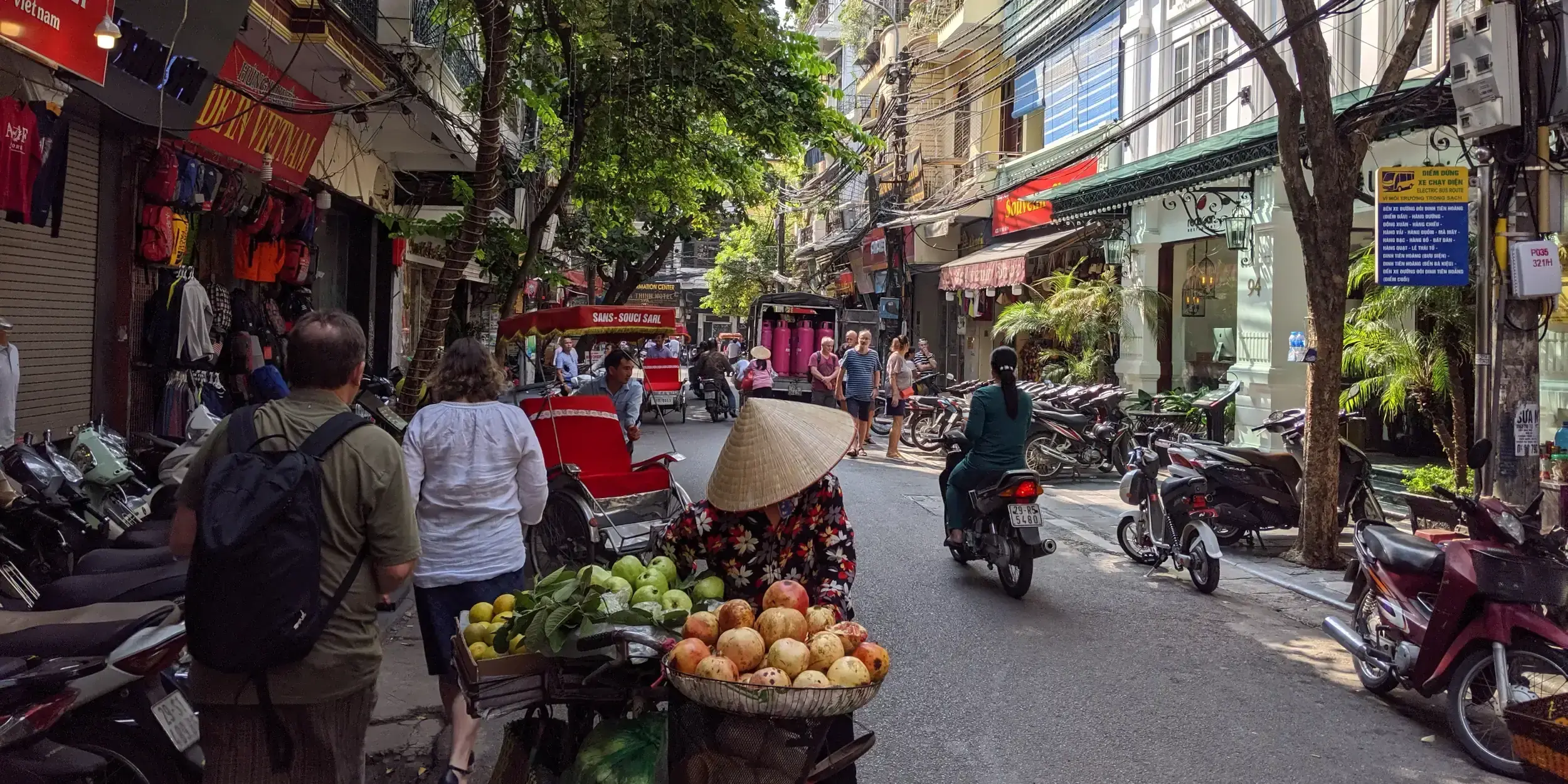
6 Days in Hanoi, Vietnam - Part 3
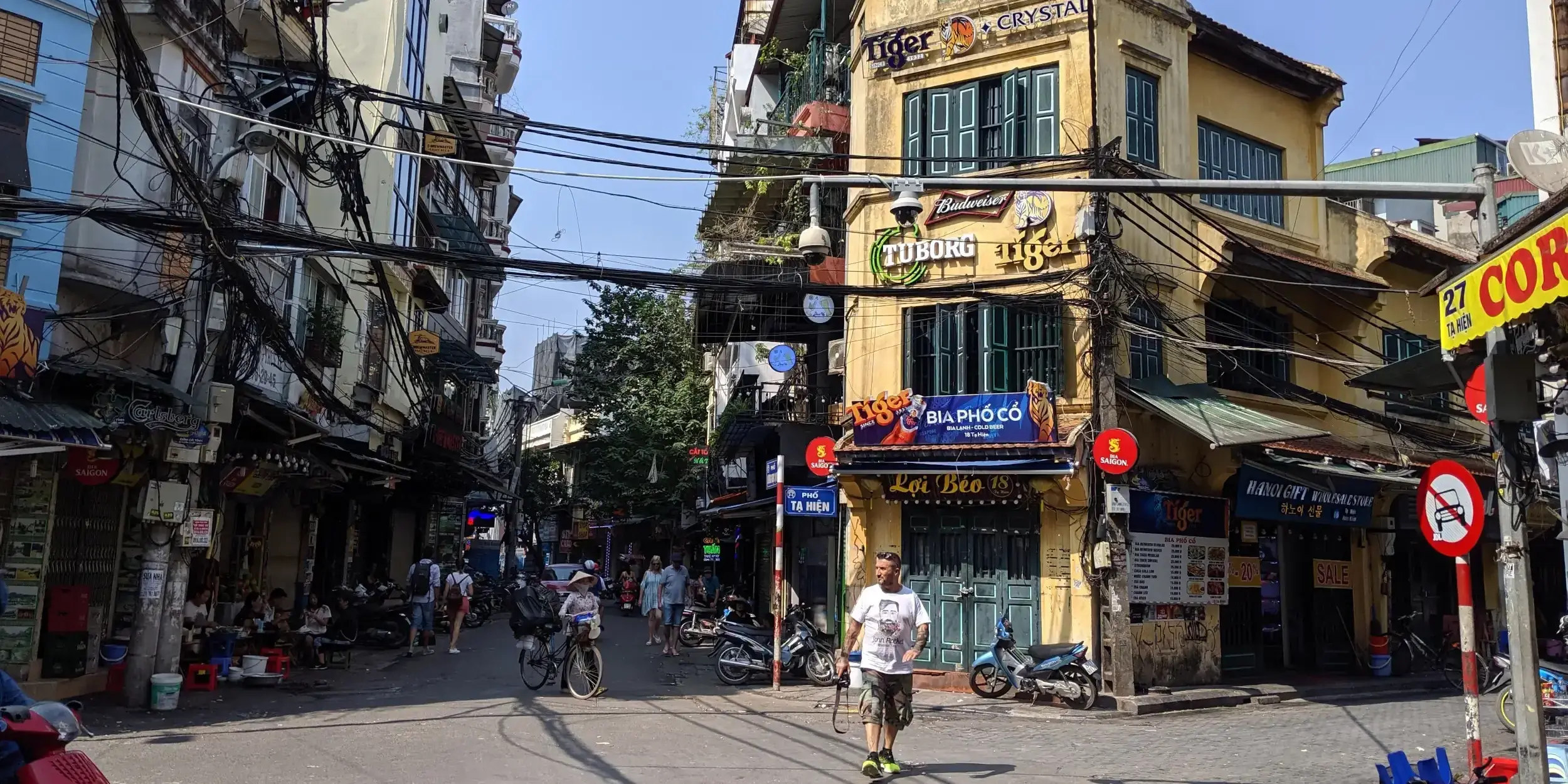
6 Days in Hanoi, Vietnam - Part 1
Comments